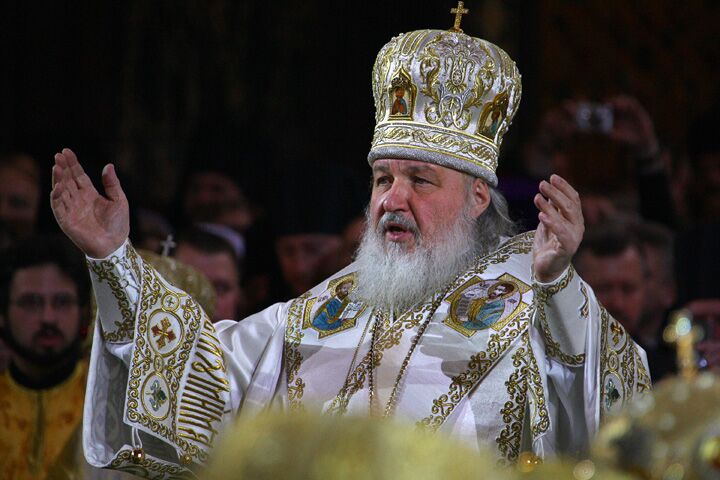
Russian Orthodox Church Elects Leader Who Seeks Strategic Alliance With Catholics
Metropolitan Kirill, interim leader of the Russian Orthodox Church, was overwhelmingly elected patriarch last week, succeeding Moscow Patriarch Alexy ii. Kirill is seen by many as a modernizer who could seek a historic reconciliation with the Vatican. For all his pro-Vatican rhetoric, however, his true ambitions lie far more with Russian Prime Minister Vladimir Putin and Russian nationalism than they do with Pope Benedict xvi and Catholic unity.
Kirill is an arch-conservative in the Russian Orthodox Church with known ties to the Soviet-era kgb. He has also expressed solidarity with the teaching of the newly sainted Russian Archbishop Ilarion—who taught that the Orthodox Church is the only true church and that Catholics could not even be considered Christians.
The reason Kirill has downplayed these sentiments to some extent is that he wishes to enhance a strategic alliance with the Catholic Church against secularism.
As the head of the external relations department of the world’s largest Orthodox denomination, Kirill has been a point man for ties with the Roman Catholic Church. He has promoted a sort of unity with the Roman Catholic Church in order to fight against the secularism and immorality he says threatens societies across the European continent.
Such a strategic alliance would enhance the power of both churches over their respective territories—the European Union for the Catholics, and Russia for the Orthodox.
For over 40 years, until his death in 1986, Plain Truth editor in chief Herbert W. Armstrong predicted that the Roman Catholic Church would pull its Protestant daughters and Eastern Orthodox sisters back into its fold as it rose up to rule over a united Europe. As the November 1963 Plain Truth stated, “The mighty problem of achieving [Catholic] unity is two-fold. First, it involves reconciliation of the Orthodox Schism that officially commenced in 1054 and divided the churches in the East—Greece, Russia, the Balkans and the Near East—from Rome. Second, it involves the restoration to the Roman Communion all Protestantism which developed from 1517 onward.”
Russian political opposition to a Catholic-dominated European Union may present a future stumbling block to the Vatican’s efforts to reabsorb the Russian Orthodox Church, but we can be assured that Rome will indeed reabsorb the Orthodox Christians of Eastern Europe.
For more information on how the Roman Catholic Church is working to unite all Christians under the pope, read “Returning to the Fold” and “O Come, All Ye Faithful.”
